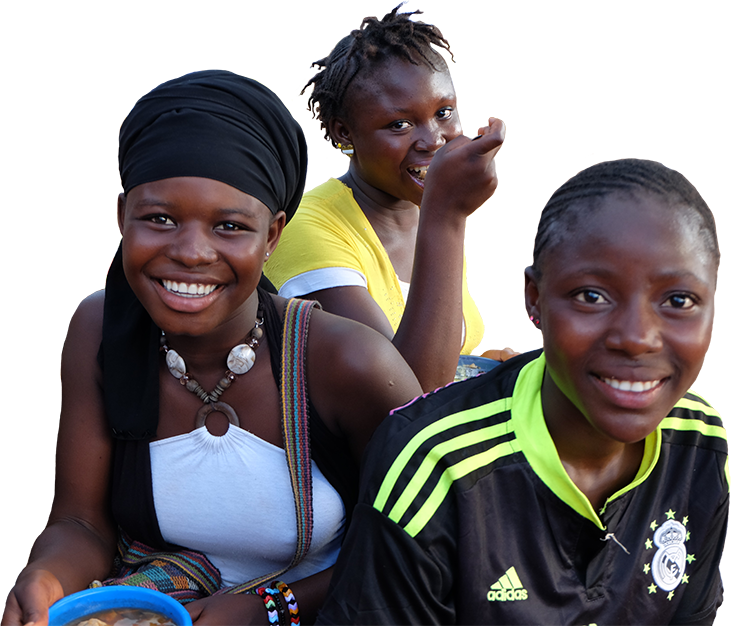Improving adolescent nutrition depends heavily on behaviors such as diet and eating practices, exercise, lifestyle, and use of health services. Social and behavior change (SBC) strategies must consider how unique structural and environmental factors that affect adolescents’ access to services and adoption of priority behaviors. Formative research, concept testing, and pre-testing of materials and approaches are needed to identify barriers and enablers to behavior change and to better understand how adolescents engage with family members, friends, teachers, health care providers, religious leaders, other community members, mass media, and social media. The Adolescent Nutrition Resource Bank includes posters, videos, counseling cards, and other SBC materials. If you have relevant SBC resources, please send them to info@advancingnutrition.org.
We found 111 resource(s)
In‐Depth Assessment of Snacking Behaviour in Unmarried Adolescent Girls 16–19 Years of Age Living in Urban Centres of Java, Indonesia
Journal Article published by in
This study involved qualitative research in five urban sites in Java, Indonesia to examine individual, social, environmental, and macrosystem factors that affect snacking among unmarried girls ages 16 to 19. The study's findings emphasize the importance of behavioral change strategies to modify the eating and activity patterns of adolescent…
The Innocenti Framework on Food Systems for Children and Adolescents
Framework published by UNICEF in
The report describes the Innocenti Framework on Food Systems for Children and Adolescents' five drivers and four determinants that shape children and adolescents’ diets. It details each component, how they interact, and how a food systems approach can improve diets.
Bridging the Gap: Engaging Adolescents for Nutrition, Health, and Sustainable Development
Technical Report published by WFP in
This report summarizes the results of a study of adolescent nutrition conducted in Kenya, Uganda, Guatemala, and Cambodia on the role of adolescents in family health and nutrition. The report recommends that adolescent nutrition programs incorporate and adapt to the complexities of adolescents' lives and engage adolescents in the design,…
The Participation of Children in Learning and Action for Nutrition (PCAANS)
Informational Infographic published by Children for Health in
This is a poster from the Children’s Participation in Action and Learning for Nutrition (PCAANS) project in Mozambique. The poster describes PCAANS, including its key messages.
Nutrition: 10 Messages for Children to Learn and Share
Informational Infographic published by Children for Health in
This poster presents ten key PCAANS nutrition messages for children to learn and share, including information about malnutrition, good nutrition and healthy foods, growth and nutrition screening, hygiene, and food safety and preparation.
Feed the Future Project Design Guide for Youth-Inclusive Agriculture and Food Systems: Volume I - Project Design
Guideline/Guidance published by USAID in
Volume I of this two-part Feed The Future Project Design Guide for Youth-Inclusive Agriculture and Food Systems provides USAID staff and implementing partners with approaches, frameworks, and tools to design agriculture programs that promote successful and meaningful youth engagement with the U.S. Feed the Future Initiative and the U.S. Government…
Infographic on Standards for Improving Quality of Care for Children and Young Adolescents in Health Facilities
Informational Infographic published by WHO in
This infographic illustrates the eight quality of care standards for children and young adolescents in health facilities. The standards related to improving the provision of care, the experience of care, and creating a child- and adolescent-friendly environment.
Adolescent Girls Empowerment Program (AGEP): Nutrition Brief
Training Material published by Population Council in
This project brief describes the impact of the Adolescent Girls' Empowerment Program (AGEP) on nutrition. AGEP enrolled >11,000 vulnderable adolescent girls, approximately half of whom were randomized to receive nutrition training sessions (3 for younger adolescents, 5 for older adolescents) as part of the AGEP curriculum. The intervention…



